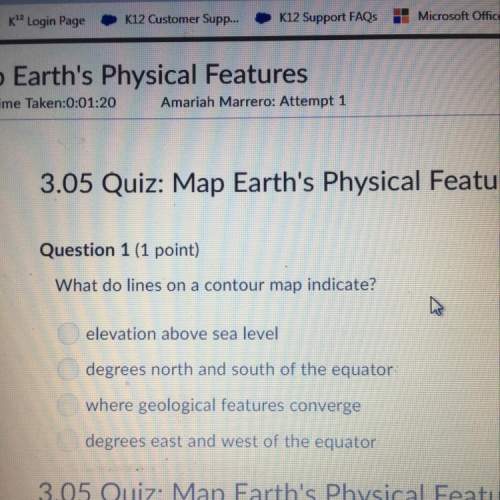
Chemistry, 16.12.2019 21:31 ashleymspears
Thiol reagents, such as 1,4-dithiothreitol (dtt), are often added to the solutions of such proteins to protect them from this reaction and to reverse it when it occurs. (the reverse reaction works best at slightly alkaline ph.) draw the product formed when dtt reacts with a protein disulfide bond to liberate the free thiol groups.

Answers: 3
Another question on Chemistry

Chemistry, 22.06.2019 00:30
Asolution of sodium hydroxide was titrated against a solution of sulfuric acid. how many moles of sodium hydroxide would react with 1 mole of sulfuric acid?
Answers: 2

Chemistry, 22.06.2019 14:30
Connect the whole numbers on the periodic table to indicate what they represent?
Answers: 3

Chemistry, 22.06.2019 15:30
How does a large body of water, such as the ocean, influence climate?
Answers: 1

Chemistry, 22.06.2019 20:00
Listenbase your answer to the question on the information below.nuclear radiation is harmful to living cells, particularly to fast-growing cells, such as cancer cells and blood cells. an external beam of the radiation emitted from a radioisotope can be directed on a small area of a person to destroy cancer cells within the body.cobalt-60 is an artificially produced radioisotope that emits gamma rays and beta particles. one hospital keeps a 100.0-gram sample of cobalt-60 in an appropriate, secure storage container for future cancer treatment.which choice represents the correct product for the beta decay of the co-60? fe-60ni-60fe-61ni-61
Answers: 2
You know the right answer?
Thiol reagents, such as 1,4-dithiothreitol (dtt), are often added to the solutions of such proteins...
Questions



Physics, 03.02.2020 21:00


Health, 03.02.2020 21:00




History, 03.02.2020 21:00



Biology, 03.02.2020 21:00

Biology, 03.02.2020 21:00



History, 03.02.2020 21:00


History, 03.02.2020 21:00


English, 03.02.2020 21:00




